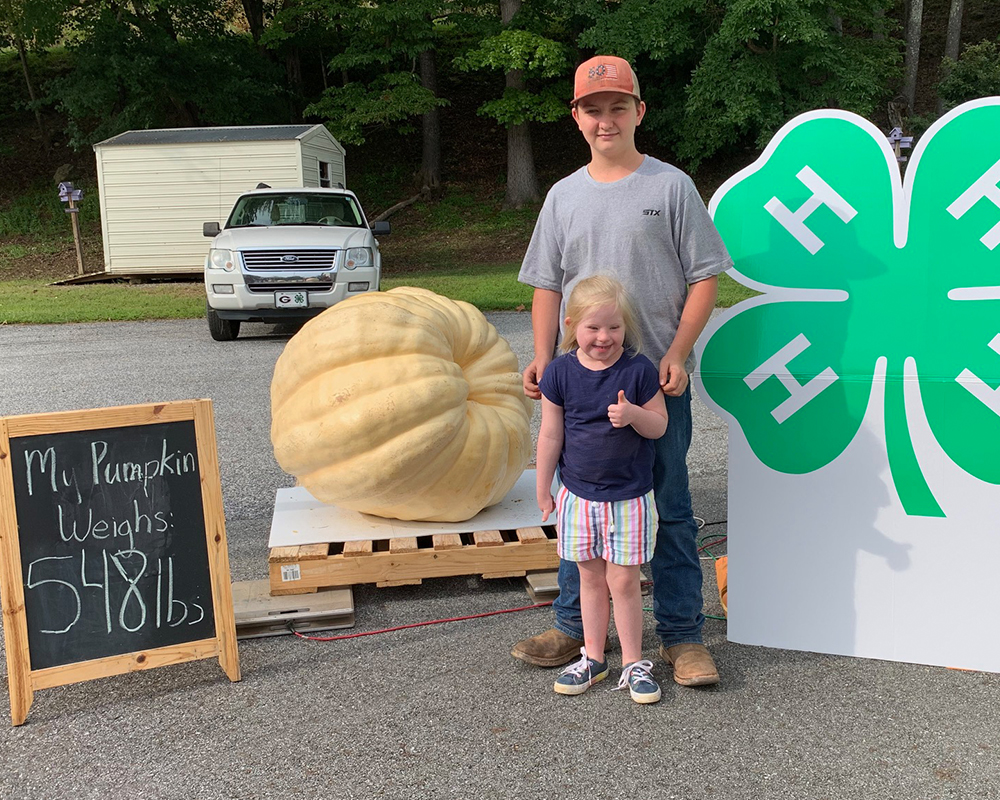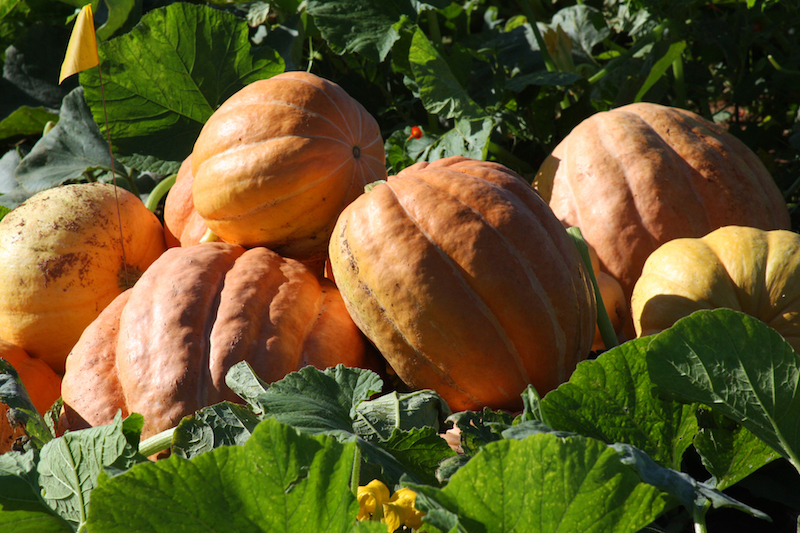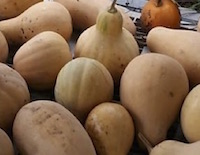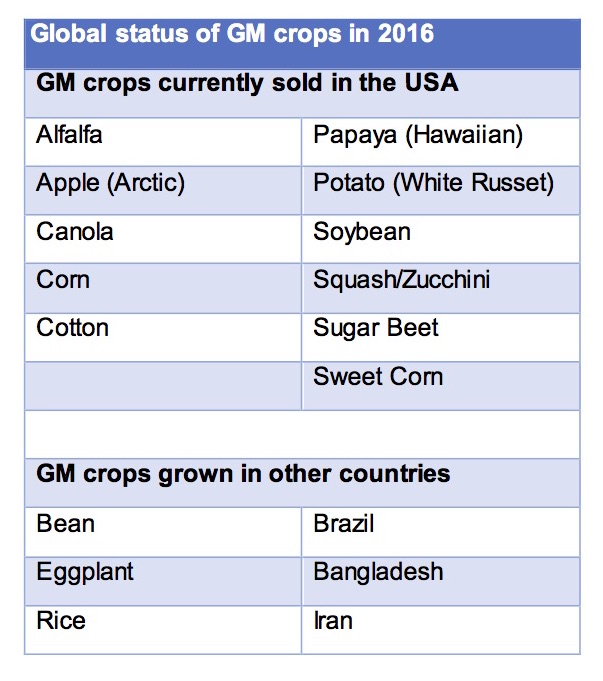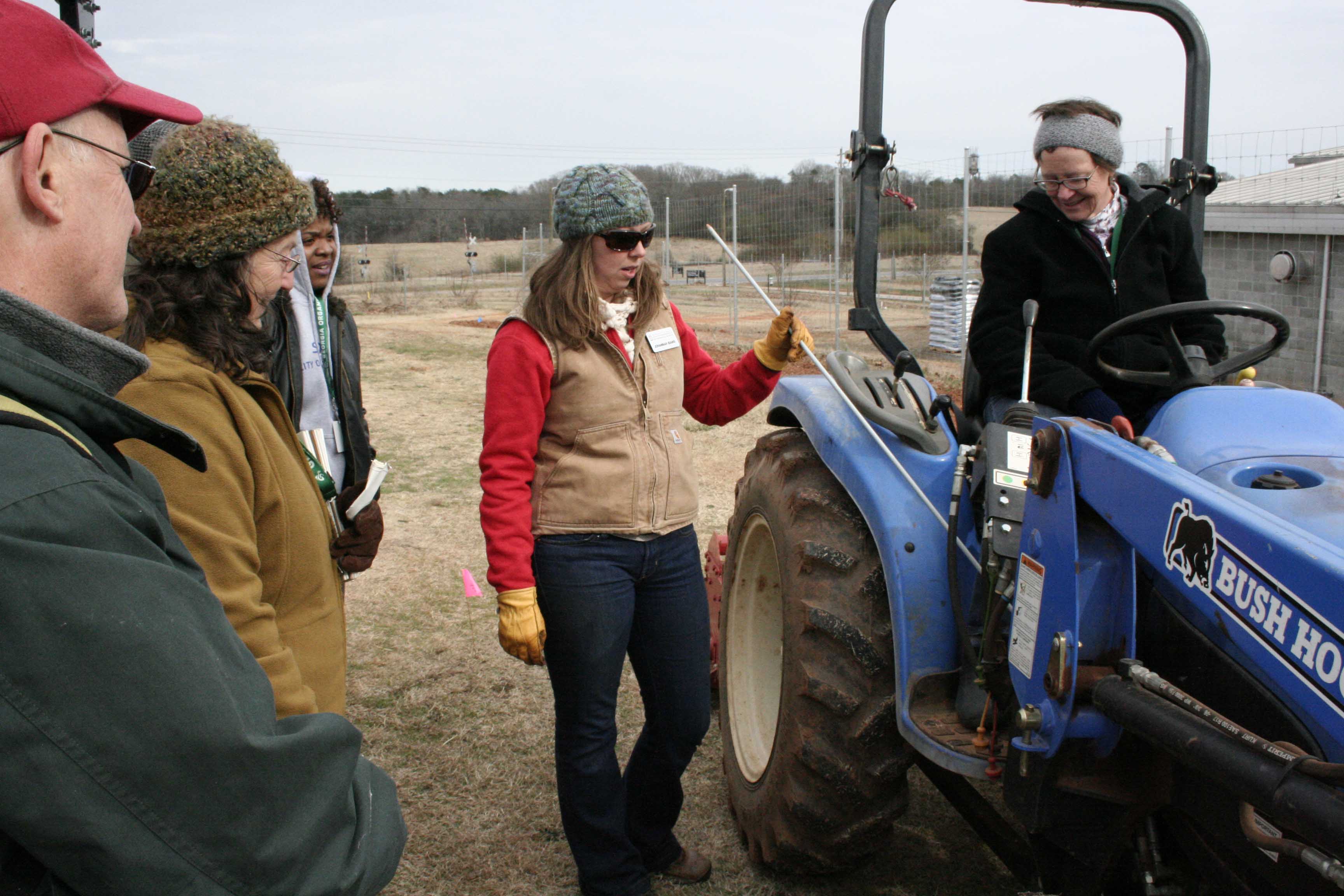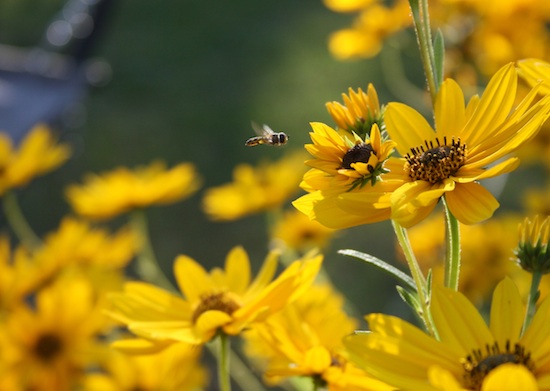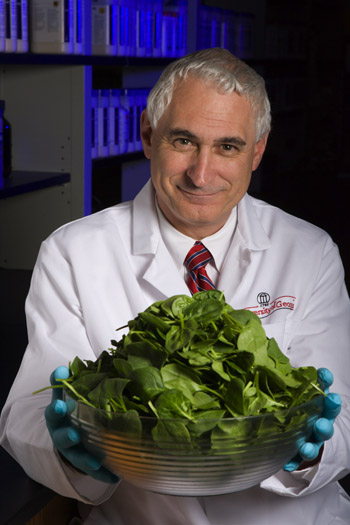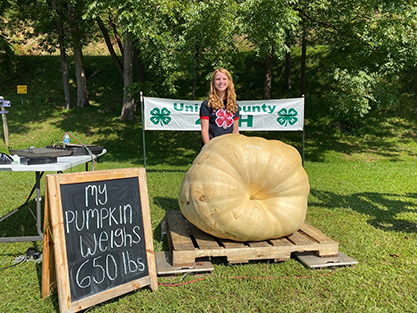 CAES News
CAES News
4-H Pumpkin Contest
More than 30 4-H’ers from across Georgia competed in the 2021 Georgia 4-H Pumpkin Growing Contest, with the winning pumpkin weighing in at 650 pounds. The Pumpkin Growing Contest offers students the opportunity to learn and utilize knowledge of agricultural and environmental sciences to produce prize-winning fruit.



